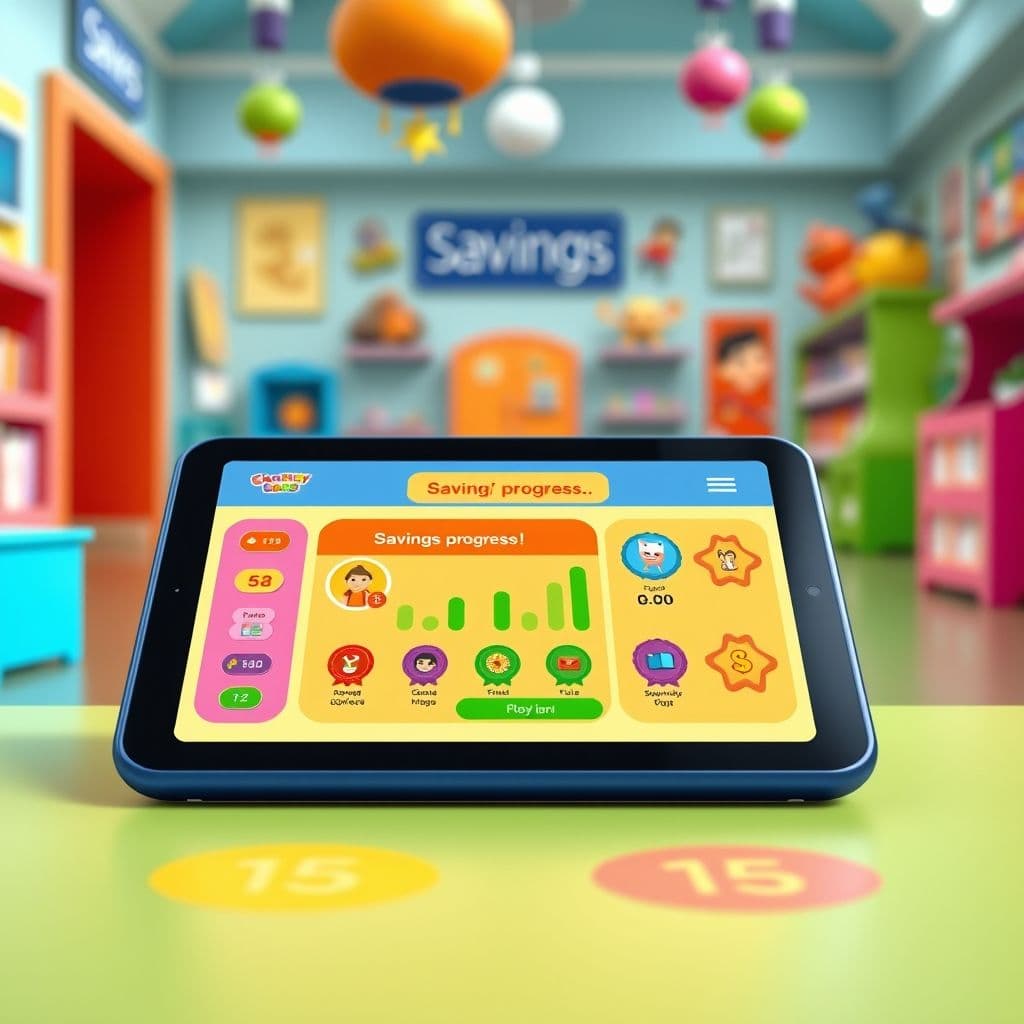Teaching Kids Financial Literacy: A Gamified SaaS Solution for Parents

Teaching kids about money management is a challenge many parents face. While some opt for traditional methods like piggy banks or allowance systems, others struggle to make financial lessons engaging and effective. A gamified SaaS platform could bridge this gap, turning financial education into an interactive and rewarding experience for children.
The Problem: Teaching Financial Literacy to Kids
Many parents want to instill good financial habits in their children but don't know where to start. Traditional methods often fail to engage kids, while some parents struggle with their own financial literacy. Common challenges include determining appropriate allowance amounts, explaining concepts like rent and utilities, tracking savings progress, and making financial education fun and interactive.
Comments from parents reveal additional pain points: 'I wish I could pass this on to my kids, but I can't even do this for myself' and 'How do you teach about inflation?' These struggles highlight the need for a solution that simplifies financial education for both parents and children.

SaaS Idea: Gamified Financial Education Platform
Imagine a digital platform where parents can set up virtual 'allowance accounts' for their children, complete with customizable expense categories like rent, food, and utilities. The system could automatically deduct these expenses on a schedule parents set, while providing visual representations of where money goes.
Key features might include interactive lessons on financial concepts, progress tracking for savings goals, achievement badges for reaching milestones, and even virtual 'investments' that demonstrate compound growth. Parents could adjust settings as children grow, introducing more complex concepts like inflation or interest rates.

Potential Benefits and Use Cases
Such a platform could help families by making financial education consistent, measurable, and engaging. Parents who struggle with their own finances could use the system's built-in guidance to teach concepts they're still learning themselves. The gamification elements could motivate children to save and learn, turning financial responsibility into a positive challenge rather than a chore.
Use cases might include: families implementing allowance systems, homeschool financial education, classroom supplements, or even adults using a 'grown-up' version to improve their own financial literacy alongside their children.
Conclusion
While traditional methods of teaching kids about money have their place, a well-designed SaaS platform could make financial education more accessible, consistent, and engaging for families. By combining practical money management with game-like elements, such a solution might help bridge the financial literacy gap for the next generation.
Frequently Asked Questions
- What age range would this SaaS platform be appropriate for?
- The platform could be designed with adjustable difficulty levels, making it suitable for children as young as 5-6 years old (with parental guidance) up through teenagers learning more complex financial concepts.
- How would this differ from existing budgeting apps?
- Unlike adult-focused budgeting apps, this would be designed specifically for financial education, with child-friendly interfaces, gamification elements, and parental controls to customize the learning experience.
- Could this help parents who struggle with financial literacy themselves?
- Yes, one of the key benefits would be providing structured financial lessons that parents and children could learn together, with built-in guidance on concepts like saving, budgeting, and responsible spending.


